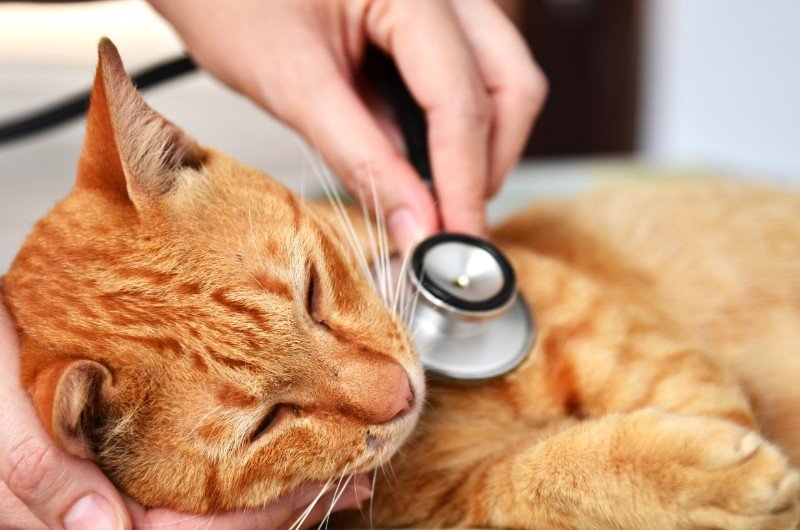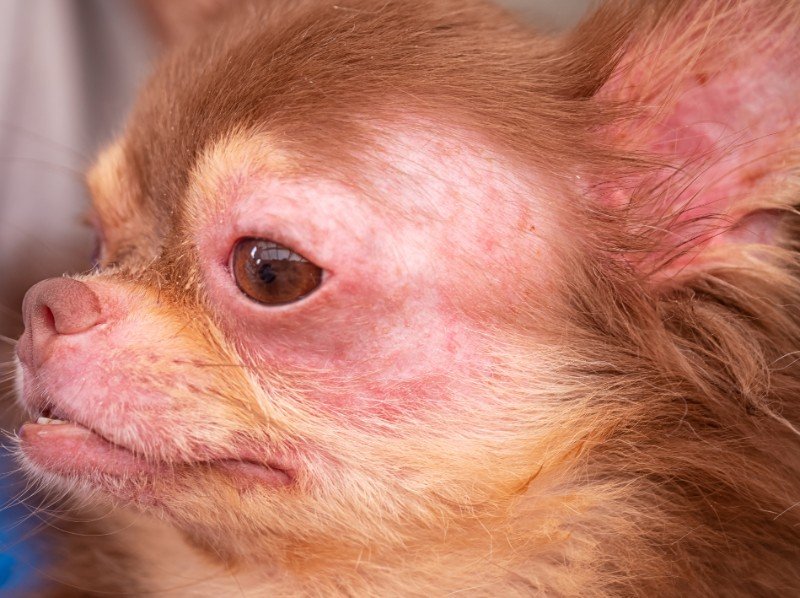
The Year-Long Itch: Parasite Prevention That’s Year Round
 Spring and summer are marvelous for many reasons. Not on the list of seasonal splendors? Parasites, of course. Yes, bugs are a natural consequence of warmer weather, but with a proactive approach to parasite prevention, they don’t have to bother your pet – or spread dangerous diseases!
Spring and summer are marvelous for many reasons. Not on the list of seasonal splendors? Parasites, of course. Yes, bugs are a natural consequence of warmer weather, but with a proactive approach to parasite prevention, they don’t have to bother your pet – or spread dangerous diseases!
Consider the Lifestyle
Due to an indoor-only lifestyle, many pets are perceived as being “safe” from bugs and vector-borne illness. However, due to their stealthy natures, fleas, ticks, and heartworm-carrying mosquitos can quietly enter the home, unnoticed and unharmed. Yes, even pets who aren’t exploring shady, woodsy undergrowth or rolling around in the grass can become easy targets for blood-thirsty bugs.
No Fault of Their Own
Pets who remain unprotected from parasites (and the diseases they carry) are unwittingly placed in the crosshairs. Even pets who used to take a preventive but went off it, even for a short time, are at risk. Luckily, most parasite prevention medications are easy to administer; some even come with reminder stickers. We can also help with reminder apps or smart phone calendar tasks.
A Closer Look
Fleas, ticks, and mosquitos pose obvious threats (e.g., flea allergy dermatitis, Lyme disease, heartworm, etc.), but parasite prevention should also take internal parasites into consideration. Roundworms, tapeworms, hookworms, ear mites, and whipworms can all be prevented. Without ongoing treatment, these parasites can thrive off an animal’s blood.
If you have more than one pet or if you frequent public spaces, remember the eggs of these parasites are typically found in the feces of infected animals.
See the Signs
Throughout the year, it’s important to groom your pet. This is not only satisfying, but also gives you insight into the condition of the coat and skin. Keep a close eye on any inflammation, bumps, and swelling. Bring your pet in for an exam if they are:
- Extremely itchy
- Excessive scratching
- Biting one area repeatedly
- Twitching
- Shaking the head
- Showing signs of stress, pain, or anxiety
- Developing red, raw, or bald spots
Parasite Prevention All Year Long?
Many pet owners subscribe to the idea that parasite prevention isn’t necessary between, say, November to March. Certainly, it’s less common to see bugs after the first frost, but because of the life cycle of many parasites, they can live in a dormant stage throughout the winter (even inside the home!). They wake up and become active in the spring and have the ability to wreak havoc on a pet before they’ve started their medication.
That’s why we recommend a year-round approach to parasite prevention. We’re happy to discuss the process with you during your pet’s next wellness exam. Please feel free to contact us with any additional questions!
The post The Year-Long Itch: Parasite Prevention That’s Year Round appeared first on West Park Animal Hospital Blog.



 It makes sense to assume city-dwelling pets are generally healthier than rural ones. They don’t typically find themselves spending long hours in bordering farms or fields, wandering far from home. Urban pets also usually have quicker, easier access to veterinary care.
It makes sense to assume city-dwelling pets are generally healthier than rural ones. They don’t typically find themselves spending long hours in bordering farms or fields, wandering far from home. Urban pets also usually have quicker, easier access to veterinary care.














 Summer may be halfway over, but that doesn’t mean we’re packing up the sunscreen or covering the grill just yet. Spending the day at the lake or pool is still on the agenda for many families, and bringing a water-loving dog along adds another layer of fun.
Summer may be halfway over, but that doesn’t mean we’re packing up the sunscreen or covering the grill just yet. Spending the day at the lake or pool is still on the agenda for many families, and bringing a water-loving dog along adds another layer of fun.